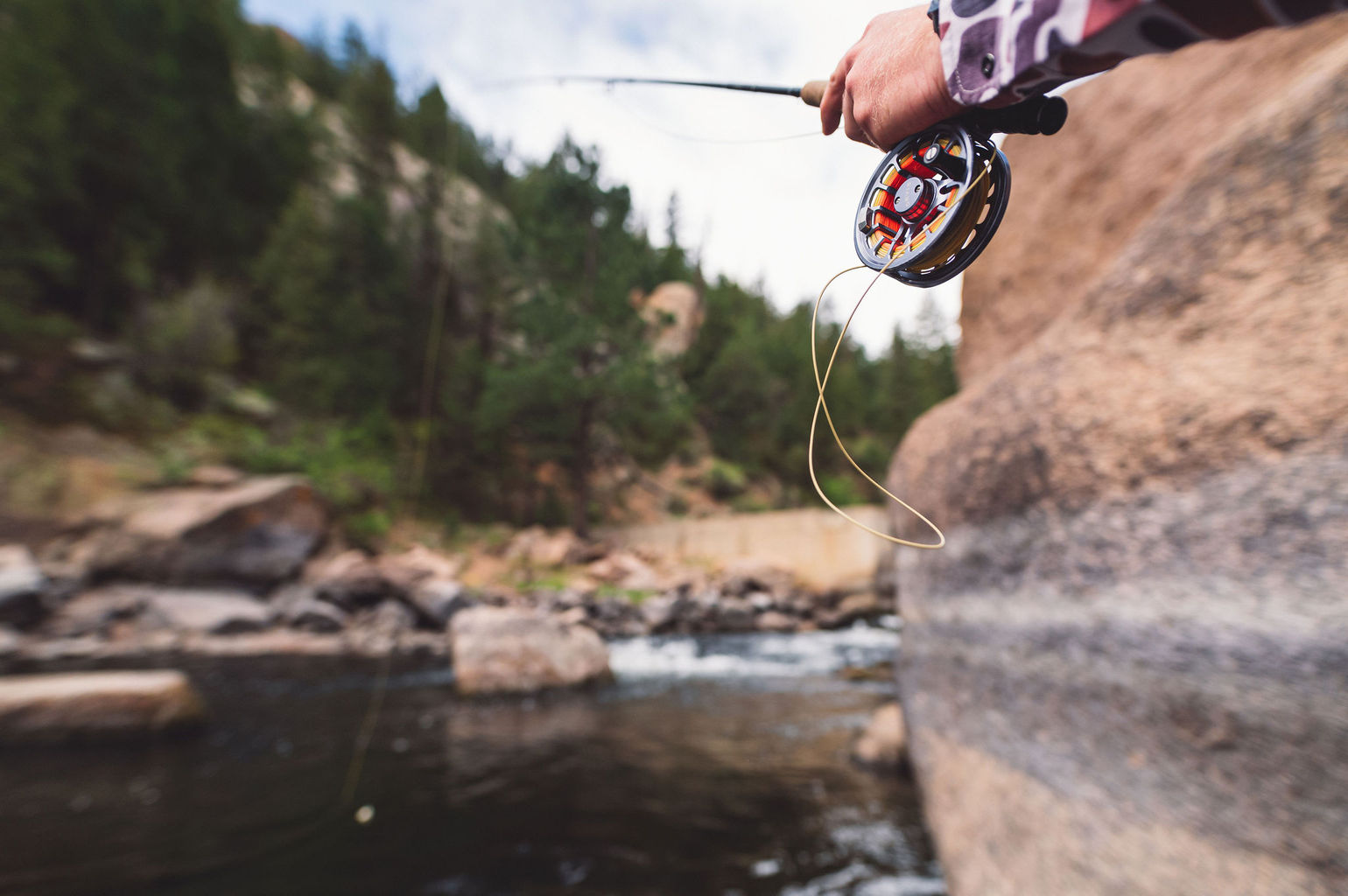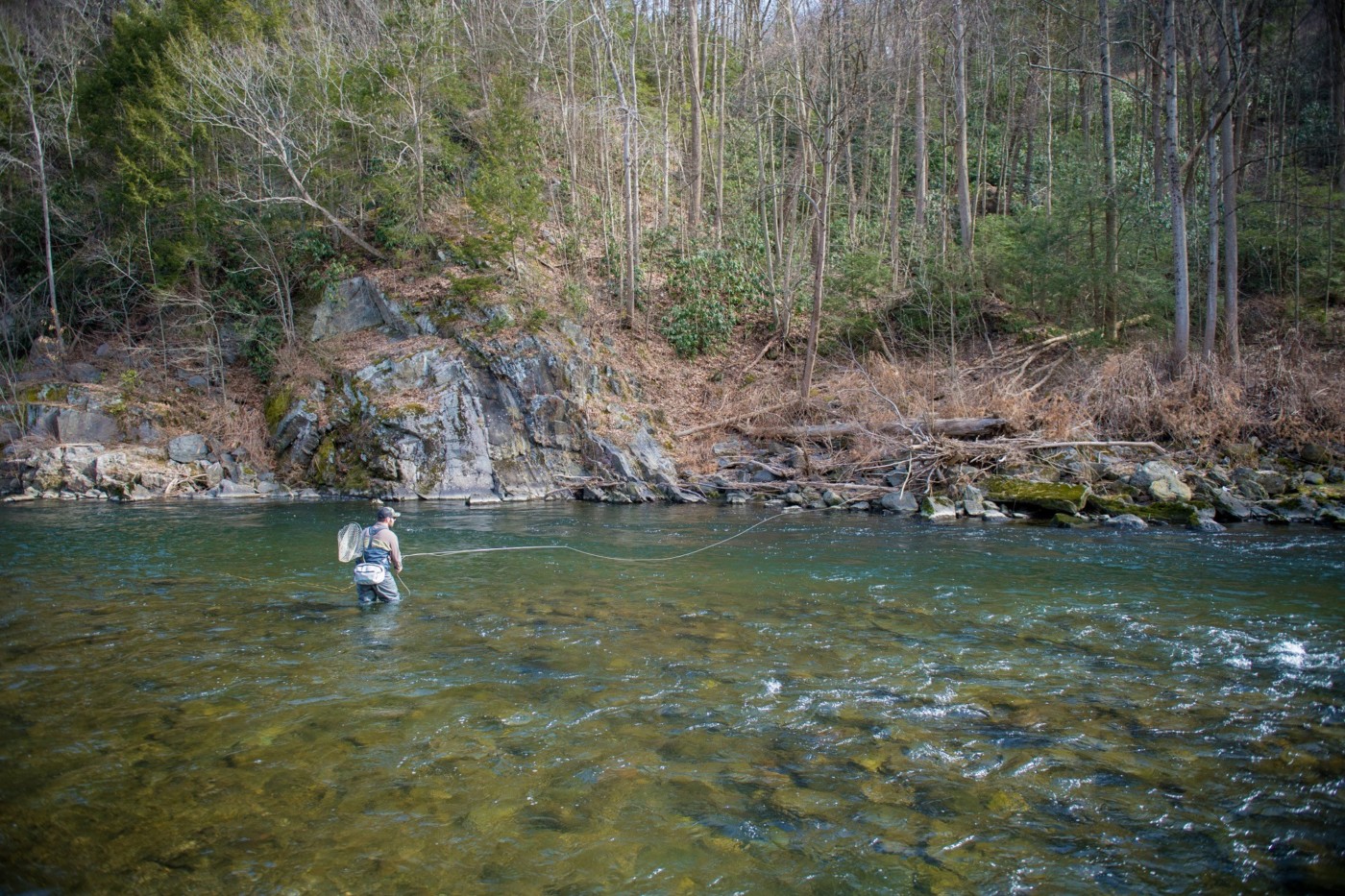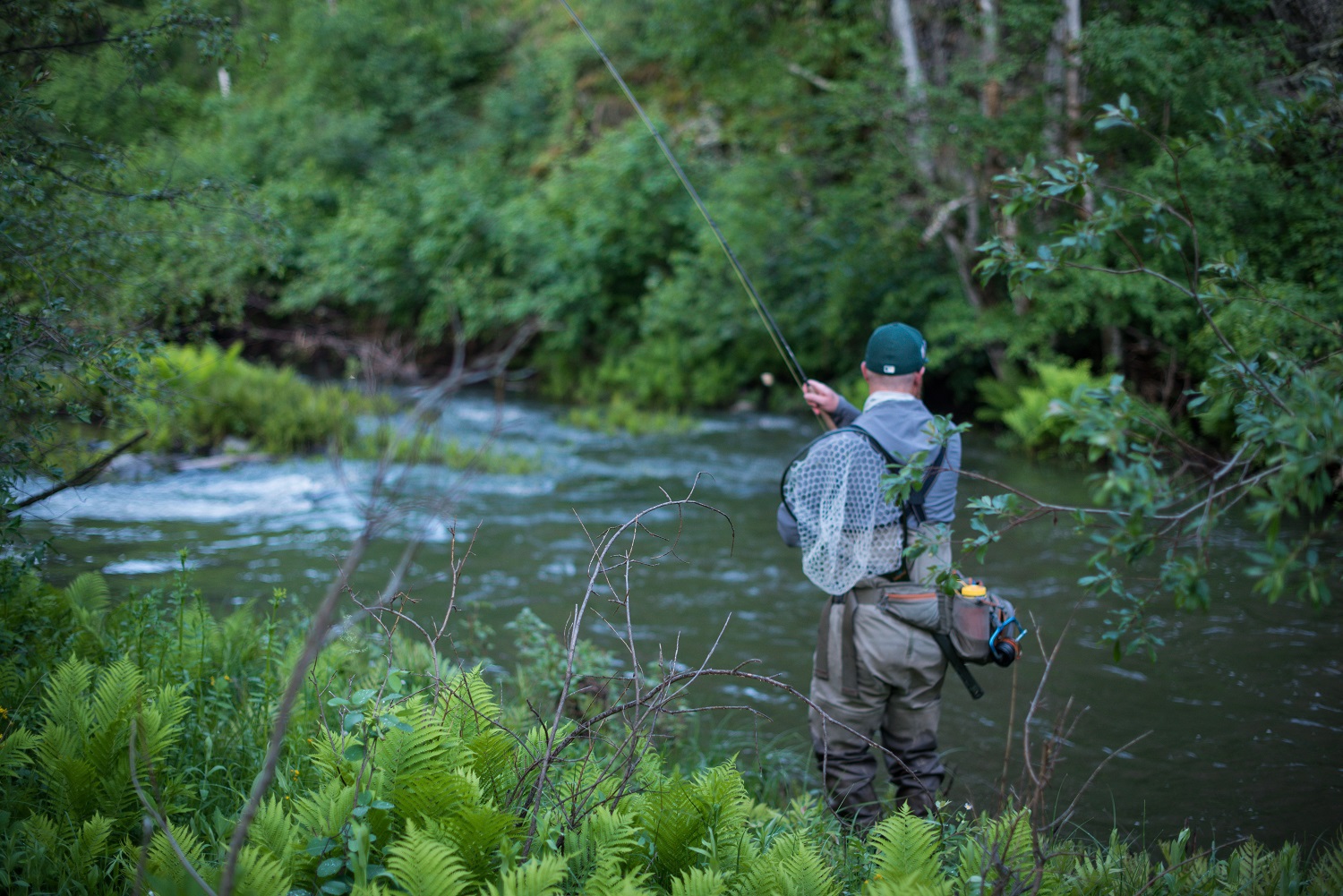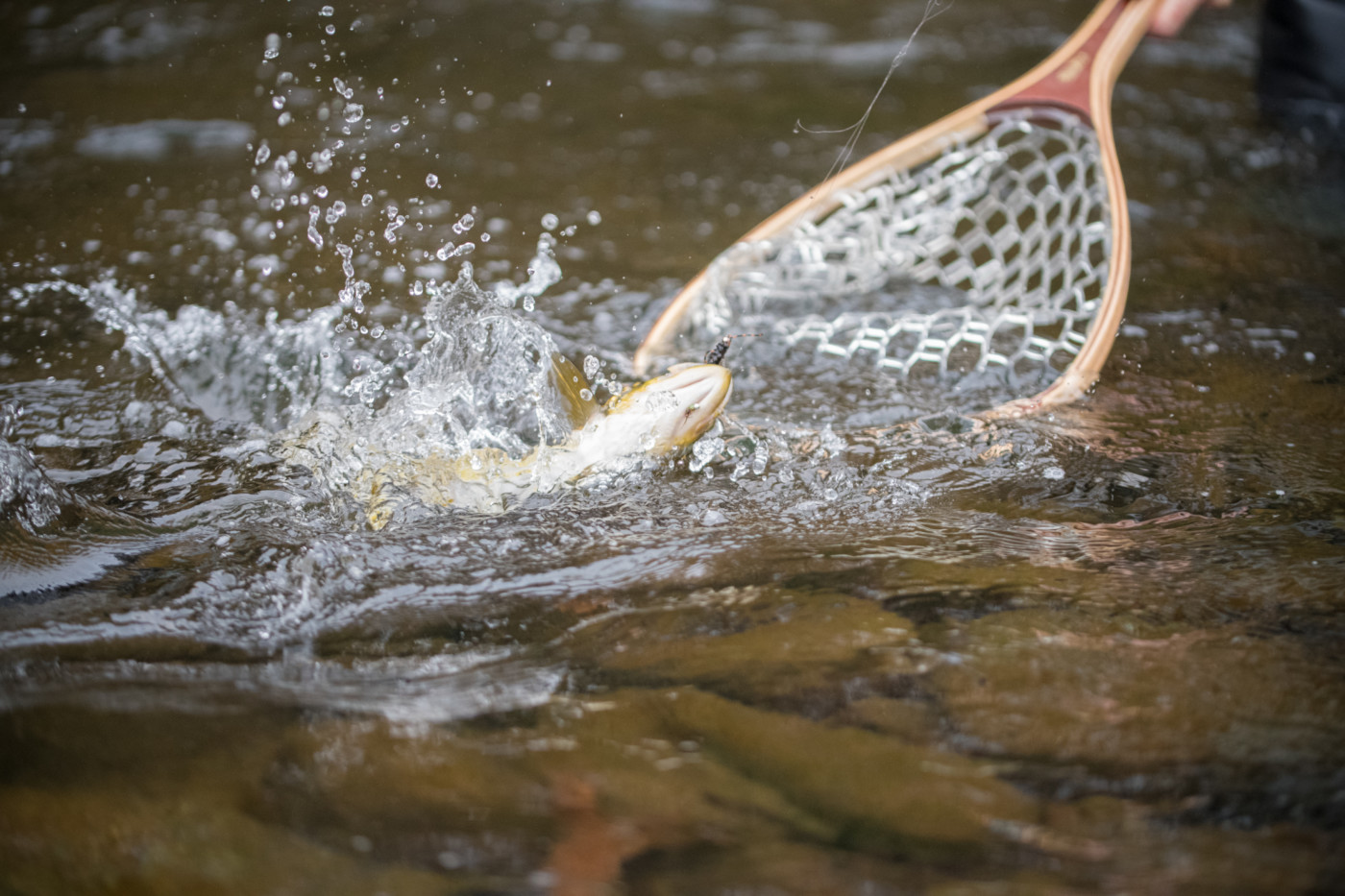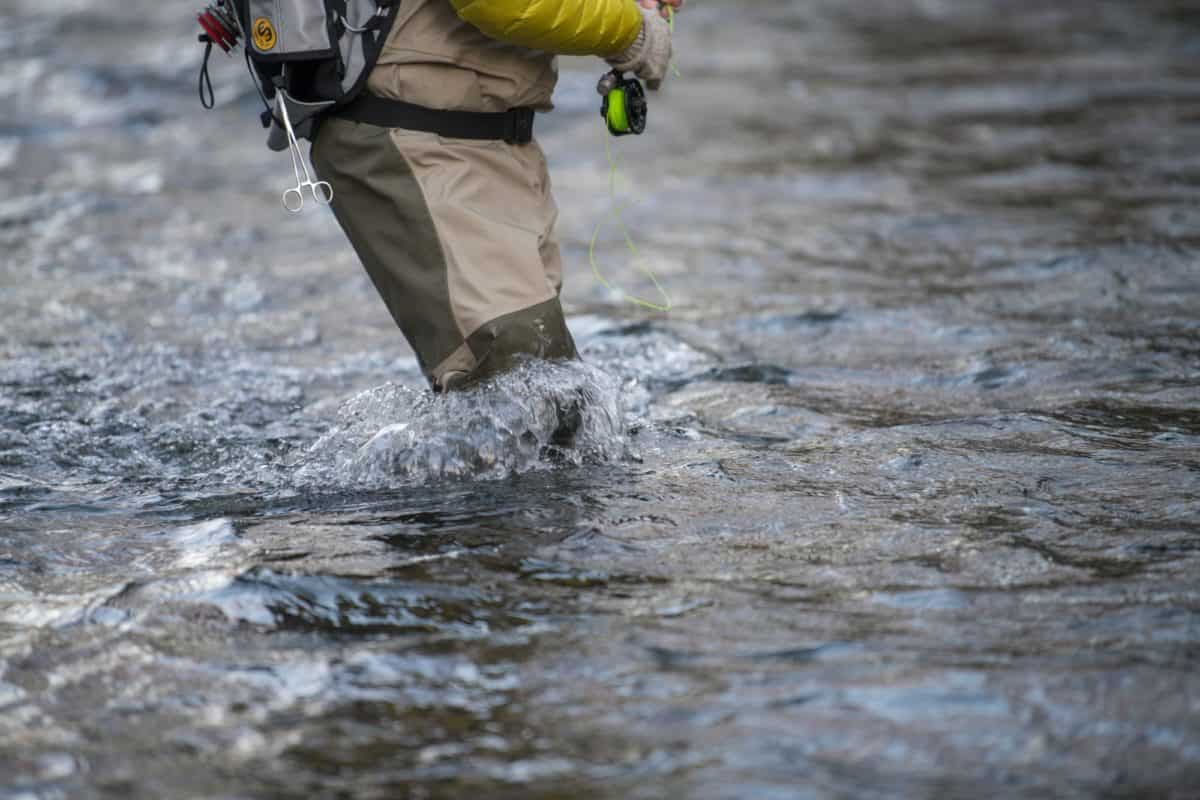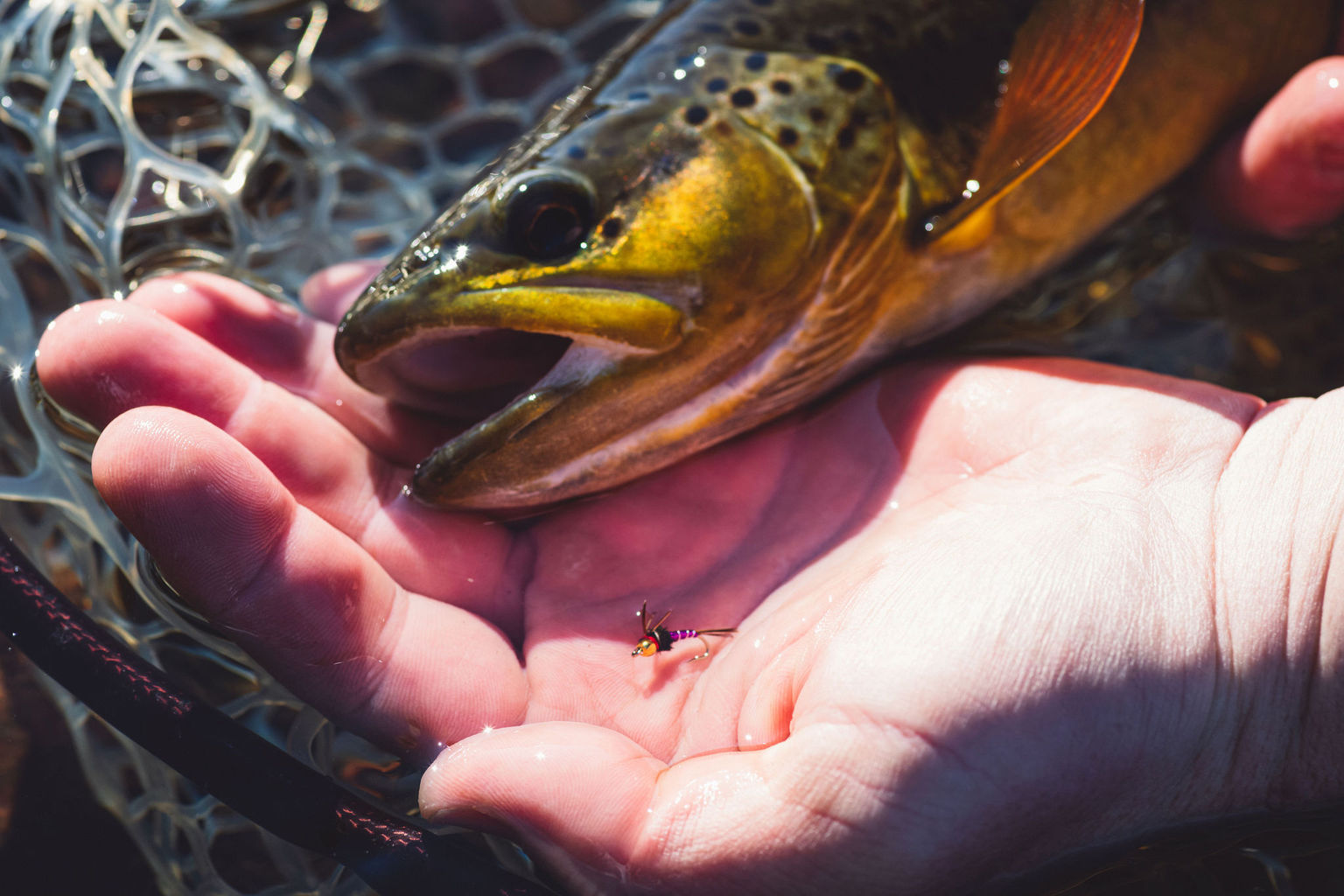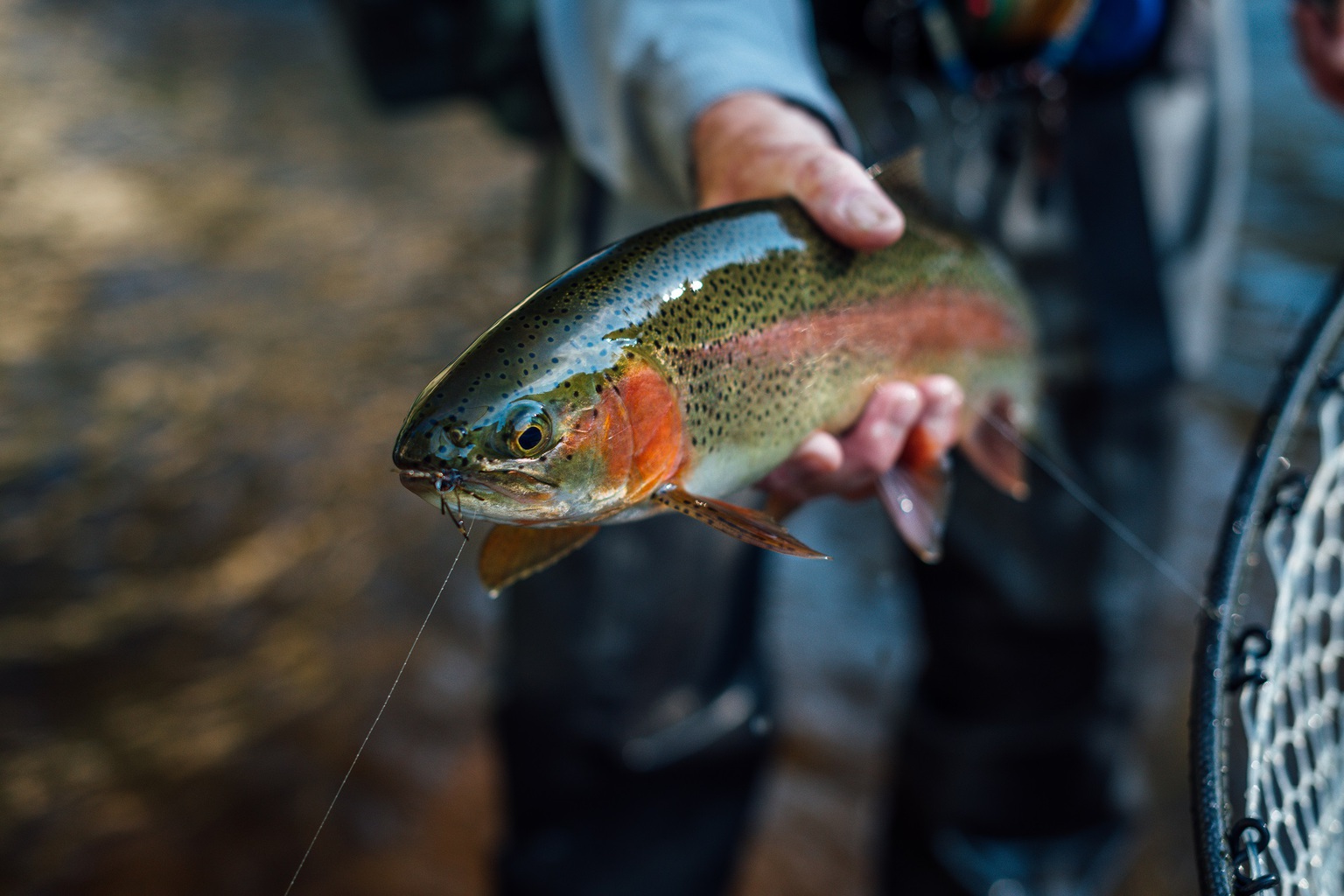How To Choose The Perfect Fly Rod For Nymphing
As winter approaches, dry fly fishing slows down, and it’s time again to fish subsurface. Nymphing is a cold-weather winner, and if you’ve never tried it before, now is a perfect time.
Let’s preface this article by saying you can nymph fish with any fly rod. If you’ve already got a rod, you don’t need to go out and buy anything new. However, there are rod specifications and build characteristics that enhance the technicality and performance for this style of fly fishing.
Table Of Contents
- What rod weight should I use?
- What’s the best rod length for nymphing?
- Should I use fast action or moderate action?
- What reel should I use?
- What fly line should I be nymphing with?
When it comes to nymph fishing, rod sensitivity is the most important characteristic to consider. Why is this important? Mainly, because nymph fishing often results in soft, subtle takes. You won’t get many trout smashing a nymph-like you might when throwing streamers. So feeling the take is paramount to setting the hook.
Nymph rods are typically lighter rod weights; three, four, and five weights for example. Nymph fishing usually entails light fly rigs, and short casting distances, so you don’t need a stiff, heavy rod to aid in distance casting or flinging heavy flies.
Rod Weights
For your most technical nymph fishing, use a three-weight. You’ll feel every tick and subtle thump of your fly as it bounces off the bottom and comes into contact with finicky feeders. Three-weights are great for euro-nymphing techniques as well.
Four-weights are an all-around great option. Many competition anglers fish with a four-weight. You can throw rigs that have a little weight without sacrificing much sensitivity in the rod. A four-weight is also a great crossover rod if you want to make the switch to dries, tandem rigs, or small streamers.
Five-weights are getting on the heavier side for nymph fishing, but have their place in fast-moving, bigger water, or if you’re targeting sizable trout. A five-weight gives you the option of fishing any other type of dry or wet fly patterns as well.
Rod Length
Your typical nine-foot rod will serve you well enough for most general nymphing techniques, but if you’re focusing solely on nymph fishing, you may want to bump up to 10 or 11 feet. It’s easier to mend line and make sure you’re getting a drag-free drift with a longer rod.
Likewise, when using tight-line techniques, the extra length gives you additional reach and helps you cover more water. Longer rods also help absorb shock and protect lighter tippet diameters used with nymph rigs.
Most specialty rods are made in the 10 to 11-foot range. If you’re considering taking a deep dive into advanced nymphing tactics, it would be wise to invest in a longer rod.

Action and Profile
Line weight has a lot to do with a rod’s overall sensitivity, while a rod’s action and flex profile contribute significantly to how it casts and fishes. Ideal nymphing rods have a few distinct traits with regard to action and flex profile.
Light, sensitive tip sections are important as you want to feel every pulse of energy generated by your fly and sent up through your line into your rod. A “moderate” tip, which is slower to snap back to its center position when bent, is sought after for nymph applications. Softer tips help not only your feel, but they protect your tippet when setting the hook as well.
In fly fishing, the word “fast” translates to stiff. Stiffness gives you casting power, but also gives you better control over mending. Line control is essentially the most important aspect of nymphing. A stiff mid section gives the rod some additional backbone, helping you mend line, roll-cast, and control your line on the water.
Additionally, a stiff butt section gives you more power and will propel your casts further when necessary, or help you cast heavily weighted rigs with multiple flies and split shot.
Here’s the euro nymphing fly rod I would start with by Moonshine Rod Co. Choose the 3-weight 10-foot 6-inch length Epiphany II ESN Fly Rod.

Reel
With nymphing, reel selection isn’t as important as rod selection. For the most part, your reel is just a line holder. Fully sealed drag systems that can put the brakes on a tarpon aren’t necessary in this neck of the woods.
A classic click-and-pawl reel will do just fine. Lighter is better as you’ll be holding and extending your rod for long periods of time. Just make sure the reel does a good job of balancing the rod out.
Line
As previously mentioned, nymphing is primarily a close-range game. Rarely does it require long-distance casts. Line type becomes less of a concern. Leader and tippet play a larger role than the fly line itself.
A weight-forward floating line that matches your rod weight is really all you need. There are some specialty nymph lines, but if you’re looking at dropping money on a new nymphing setup, the fly line is definitely a place where you can save some dollars.
Nymphing is an inviting technique of fly fishing. It’s easy to get started, and is certainly an effective way to catch trout. If you’re just getting into nymphing, keep it simple and try it out with whatever rod you currently have. You can always upgrade to specialized gear as you advance.
Fly Fishing Made Easy 👍
Our Quarterly Fly Club ships 1,000’s of flies to anglers all across the United States. Receive curated fly assortments selected for the season with in-depth articles on how to fish them. Great for beginners to learn and for intermediates to discover new flies.
Besides our own products listed, we were not compensated by other companies to review their products nor do they have any knowledge that we are writing this guide. However, we do receive an affiliate fee from certain online retailers (like Amazon) when readers click through the link and finalize a purchase. This policy helps support the operation of our fly fishing blog and keeps access to all our content free to the public.

